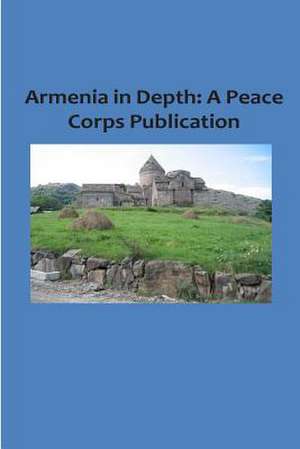Armenia in Depth
Autor Peace Corpsen Limba Engleză Paperback
Preț: 82.56 lei
Nou
Puncte Express: 124
Preț estimativ în valută:
15.80€ • 16.36$ • 13.35£
15.80€ • 16.36$ • 13.35£
Carte disponibilă
Livrare economică 12-26 februarie
Preluare comenzi: 021 569.72.76
Specificații
ISBN-13: 9781502411082
ISBN-10: 1502411083
Pagini: 86
Dimensiuni: 152 x 229 x 5 mm
Greutate: 0.13 kg
Editura: CREATESPACE
ISBN-10: 1502411083
Pagini: 86
Dimensiuni: 152 x 229 x 5 mm
Greutate: 0.13 kg
Editura: CREATESPACE
